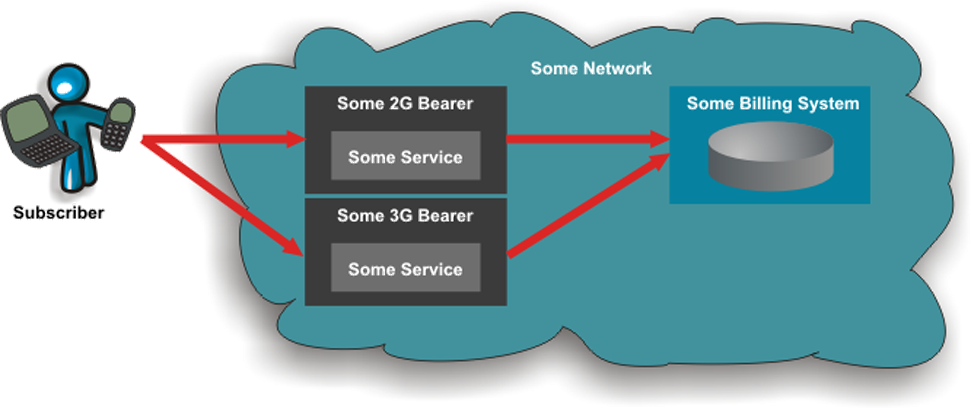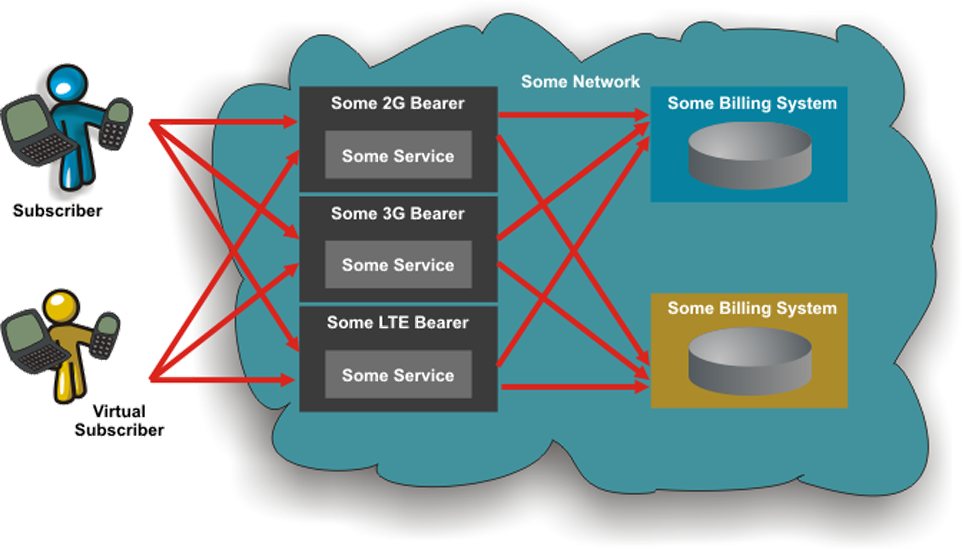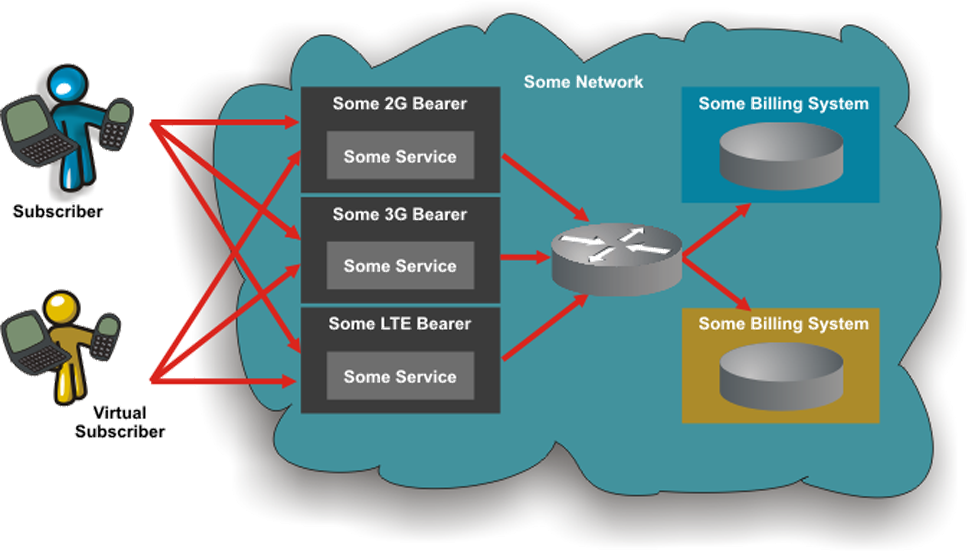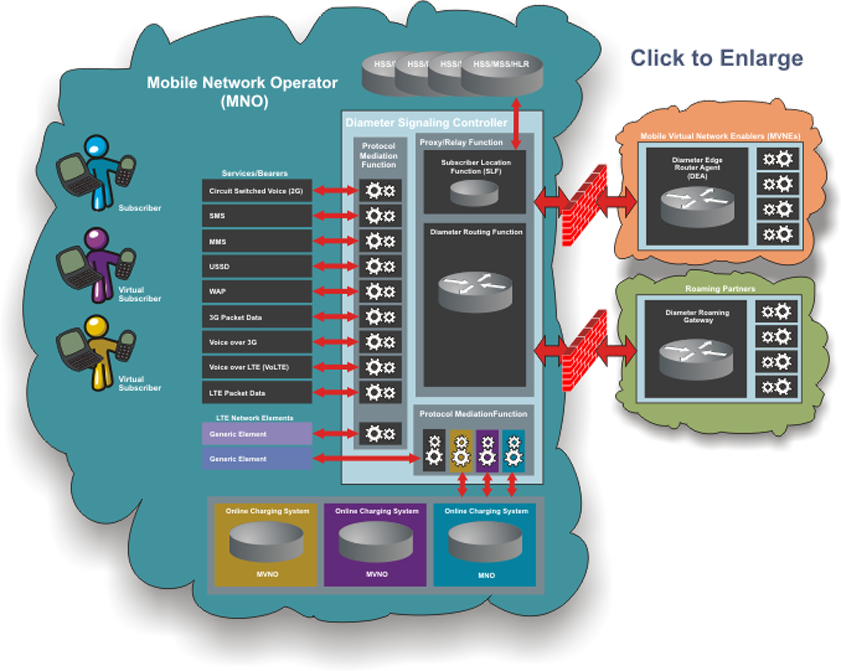The Diameter protocol defines a policy protocol used by clients to perform policy, AAA, and resource control. This allows a single server to handle policies for many services.
Like RADIUS, Diameter provides AAA functionality, but it is using TCP and SCTP instead of UDP, therefore logic for detection of communication problems is not included in the Diameter protocol itself. The Diameter protocol is enhanced further by the development of the 3rd Generation Partnership Project (3GPP) IP Multimedia Subsystem (IMS).
Diameter provides a framework within which vendors can apply their own standards. Within the standard protocol, attribute-value pairs (AVPs) are defined. These AVPs may be different for different vendors and vendors may define their own or use combinations of AVPs.
Diameter provides a framework within which vendors can apply their own standards. Within the standard protocol, attribute-value pairs (AVPs) are defined. These AVPs may be different for different vendors and vendors may define their own or use combinations of AVPs.
This brings us to the need for an element that can analyze, and reconstitute the AVPs and route the requests to the correct destination. In real-time. This element is the Diameter Routing Agent (DRA) and is one of the most important elements in the modern telecommunications network. Not only does it have to be highly intelligent and flexible, but also perform faster than the other network elements.
To understand how diameter routing reduces the billing complexities in a network, let's consider the normal flow of a billing request:

A subscriber on a network uses a bearer to access a service and is charged by the online charging system (OCS). As more bearers are added, more integrations to the OCS are required, but the layout remains simple:

As soon as the network adds LTE, virtual networks (MVNOs) or more online charging systems, the picture changes very quickly. The complexity jumps and integration becomes extremely expensive. Another often-overlooked cost is that of customer lock-in. The high cost of integration makes the network operator completely dependent on its vendors and it becomes very difficult (read: "expensive") to replace non-performing vendors.

A Diameter Routing Agent simplifies the network layout significantly:

A DRA does more than just route billing requests.
Even though Diameter is a standard, the attribute-value pairs (AVPs) for different vendors may be (and so will be) different. Different online charging systems will also have their own versions of the protocol, so the DRA must have a protocol mediation function to translate or modify requests between the different elements. In addition, the router needs to know the tenancy of a subscriber in order ot know where a requests must be routed to. This is the subscriber location function (SLF). Combining all these functions provide the ability to route any request anywhere:

Other implementations of a DRA may be a Diameter Edge Routing Agent (DEA) that allows MVNE's to wholesale to MVNOs and also a Roaming Gateway that allows roaming partners to charge roaming subscribers in real-time.
OTHER RELATED Learn PRODUCTS


